Makar Sankranti is a festival that is celebrated across the length and breadth of India with equal fervour, albeit in different styles and under different names. It is Makar Sankranti in Karnataka, Maharashtra, Bihar and Uttar Pradesh, while it is called Pongal in Tamil Nadu, Bihu in Assam and Lohri in Punjab, Haryana and Delhi. This popular social festival marks the transition of the Sun from Capricorn to Aquarius during the winter solstice in the Northern Hemisphere. The festival also symbolizes the beginning of warm weather and a decrease in biting cold conditions.
2. When I had the occasion to visit Banglore on the eve of the festival in 2007, I noticed that the whole cosmopolitan city was in a festive mood. The markets were full of seasonal flowers and items such as yellu-bella, sweet potato, ground nut, sweet-sour berry, sugarcane and sakkare achchu (sugar moulds) . But it was sugarcane stick that filled every commercial area. I learnt that the thin variety came from the nearby areas of Tamil Nadu, whereas the darker, thicker but juicy ones came from different parts of Karnataka.
3. It was an enjoyable and memorable experience to walk through the market place and interact with the people from different walks of life. Among the items present, yellu-bella- a mixture of sesame (til), dry coconut, groundnut and jaggery- fascinated me the most. The market place was also full of the usual mouth-watering delights, such as, holige, dosa, vada, payasam, chikki and nippatthu.
4. During the festival, the relatives, friends and well wishers visit each other to greet, exchange sweets and convey best wishes for peace and prosperity durimg the whole year. The houses are decked beautifully with garlands and exotic rangolis adorn the front side of homes.
5. Subsequent to experiencing the Sankranti of South India, I returned to the native Sikkim to look at the objects of beauty and utility in the Maghey Mela festivities at the planned township of Jorethang, a major business centre of South Sikkim. Such celebrations, usually confined to two or three days in the past, now stretch to four to six days in major townships located on the bank of gorgeous rivers.
6. Just as in South India, wherein people consume traditional sweets and worship the Sun God, in Sikkim too, the people in general take an early bath, preferably in river and share boiled sweet potato, bread of buckwheat, bread of dal and sweets made of sesame. Besides the sprawling mela complex of Jorethang, a large gathering in festive mood is also witnessed at places, such as, Saramsa, Singtam, Ranipool and Rimbi. The Maghey Mela is the largest and the most important festival of Sikkim as it showcases brilliantly the rich history and cultural heritage of the people of the serene Himalayan state.
7. All through the celebrations, a festive and joyous mood sweeps the whole state. People sing and partake in various activities all day long. The celebrations also provide the state government departments, a chance to exhibit their traditional and new products and get the much needed feedback from the local people, visitors and tourists. The NGOs, Self Help Groups and the talented artisans too get a chance to exhibit their cottage products and earn additional income during the period.
8. The Maghey Mela provides the right platform to display as well as sell items of food, craft, household tools and the utensils made by the various communities. But for such occasions, many traditional items of day to day use will be confined to the dustbins of history. During the festivities, more than ten to twelve communities of Sikkim, viz., Lepcha, Bhutia, Rai, Gurung, Limbu, Tamang, Bhujel, Mangar, Bahun, Chetri and Newar participate and showcase their culture and crafts. Not only such shows provide the visitors and the tourists with a good learning experience about the state’s history but they are also a great incentive for reviving the age old customs and traditions. The Mela, in addition, is the perfect place to relish and enjoy the ethnic delicacies and savouries.
9. Besides being exposed to the traditional and customary rituals of Sikkim, the people get a taste of adventure sports, such as, para gliding, rafting, trekking and hot air ballooning. Thus, new life and zest is added to the celebrations. The activities this time, also included football and volleyball matches, the half marathon and the immensely popular Miss Tendong competition.
10. The Maghey Mela has, indeed, metamorphosed from an ancient low profile ritual to a mega festival, effectively showcasing the life and times of the people of Sikkim. It is a burning example of preserving and sustaining the brilliant community efforts and spirits inculcated over the years.
Tuesday, June 16, 2009
Subscribe to:
Post Comments (Atom)


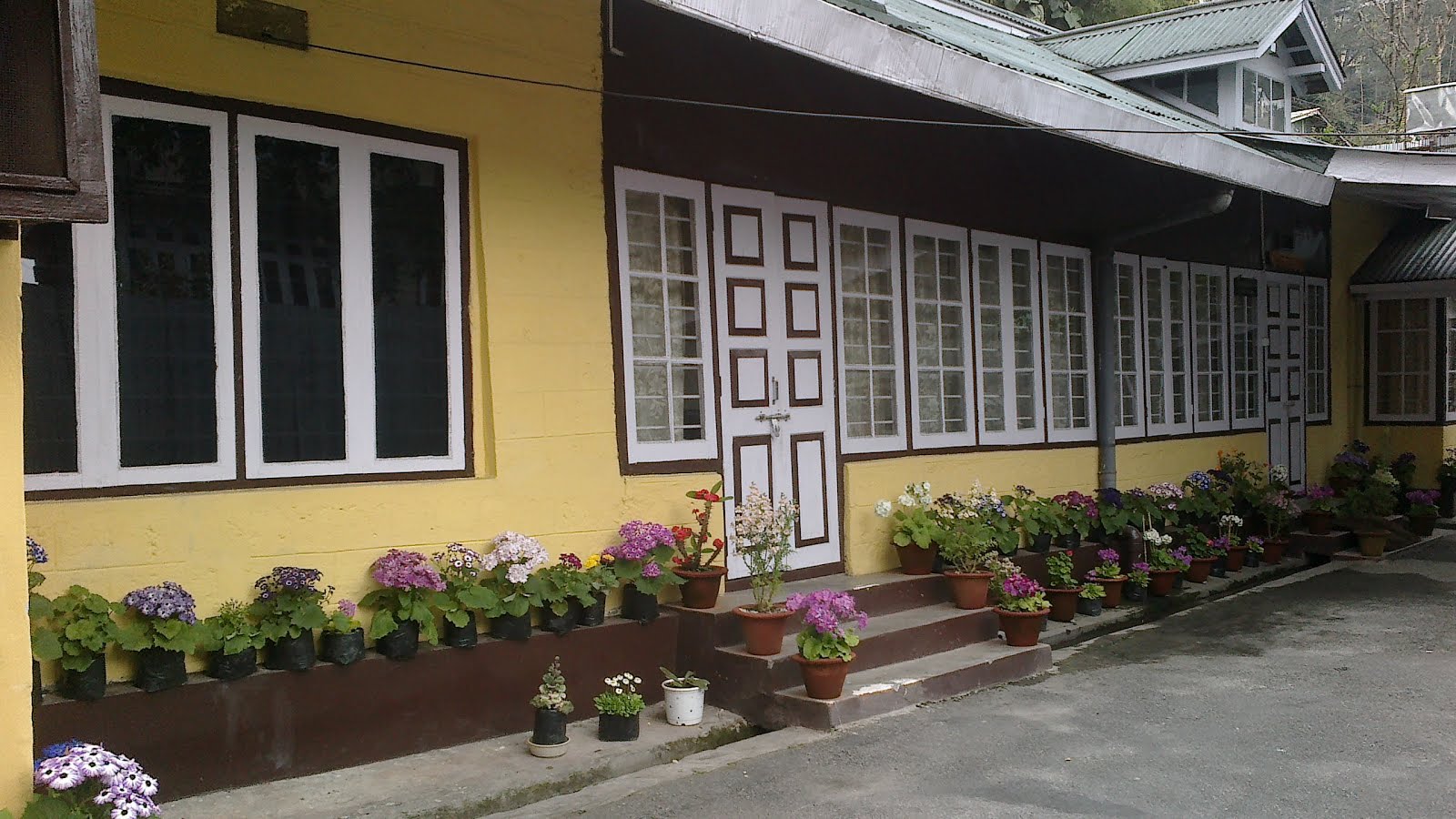







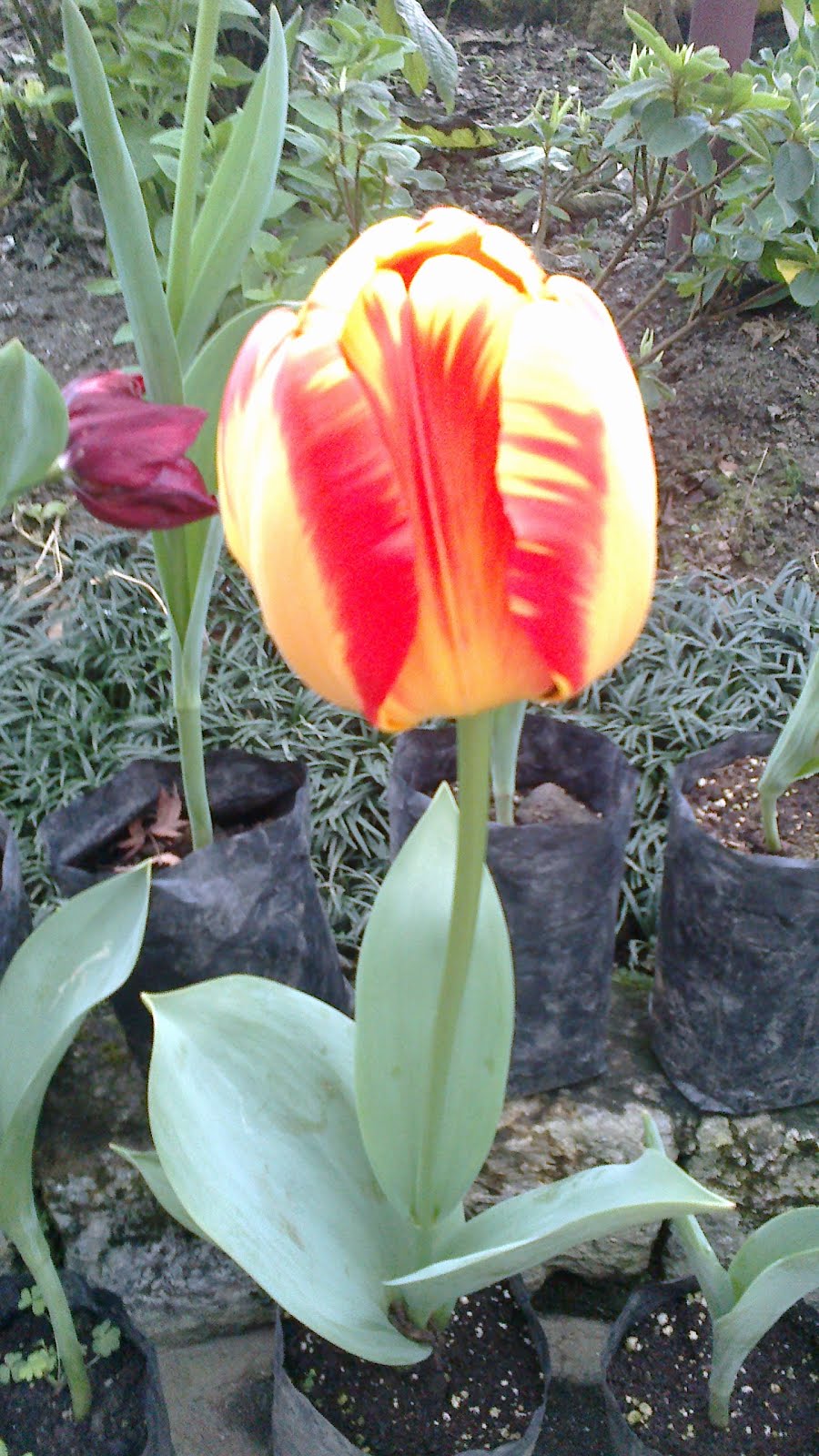
















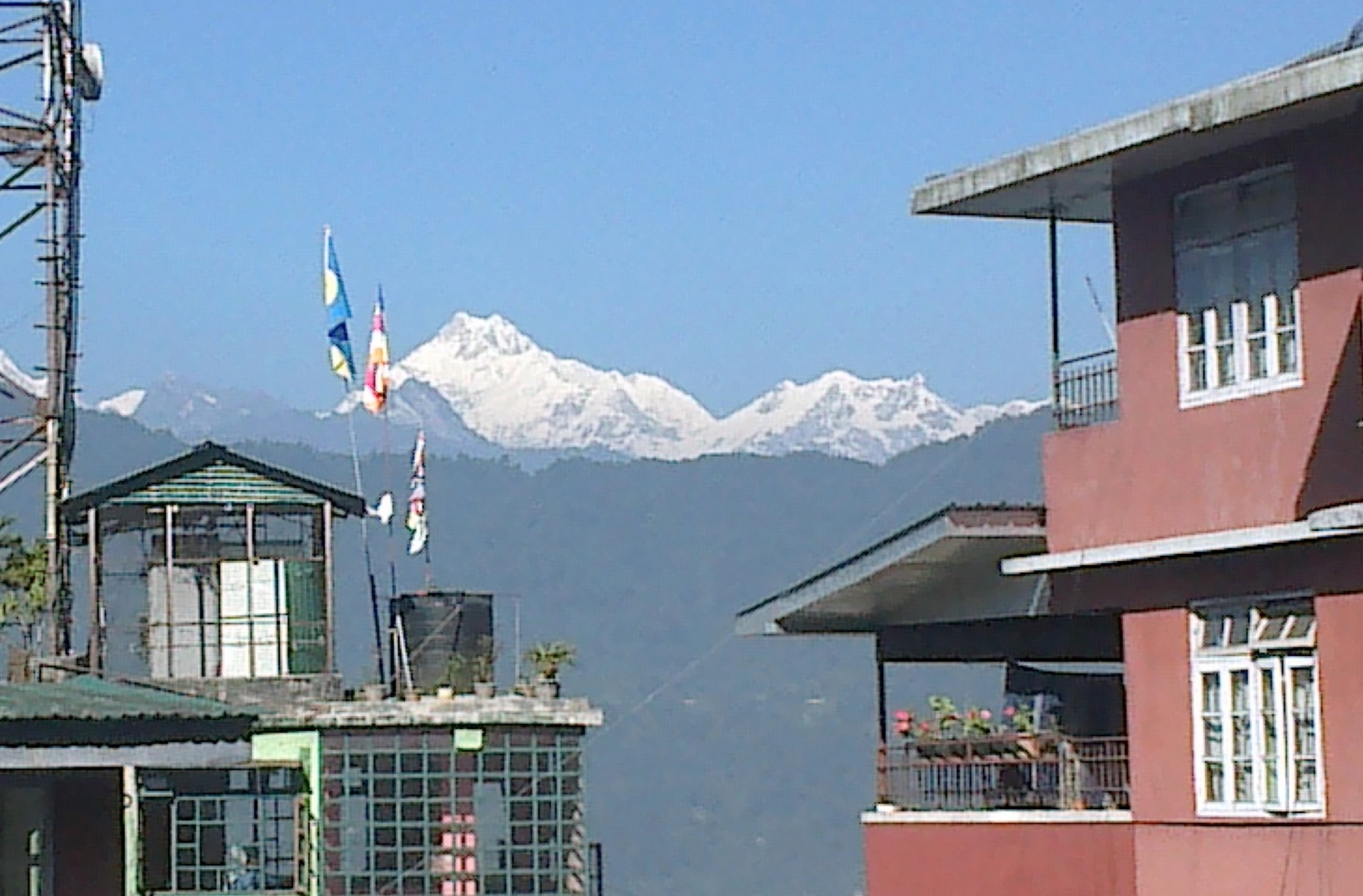


























































































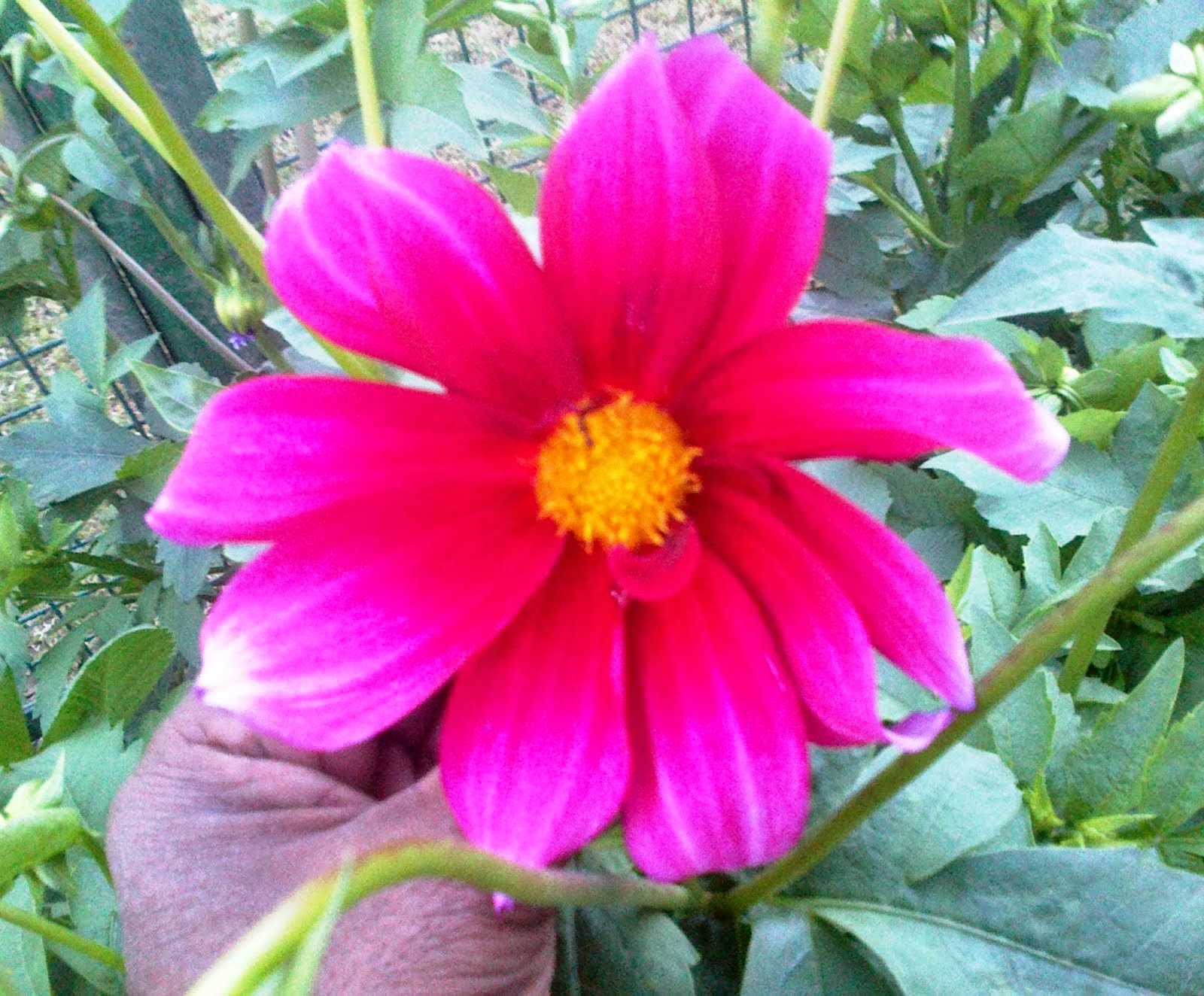



















































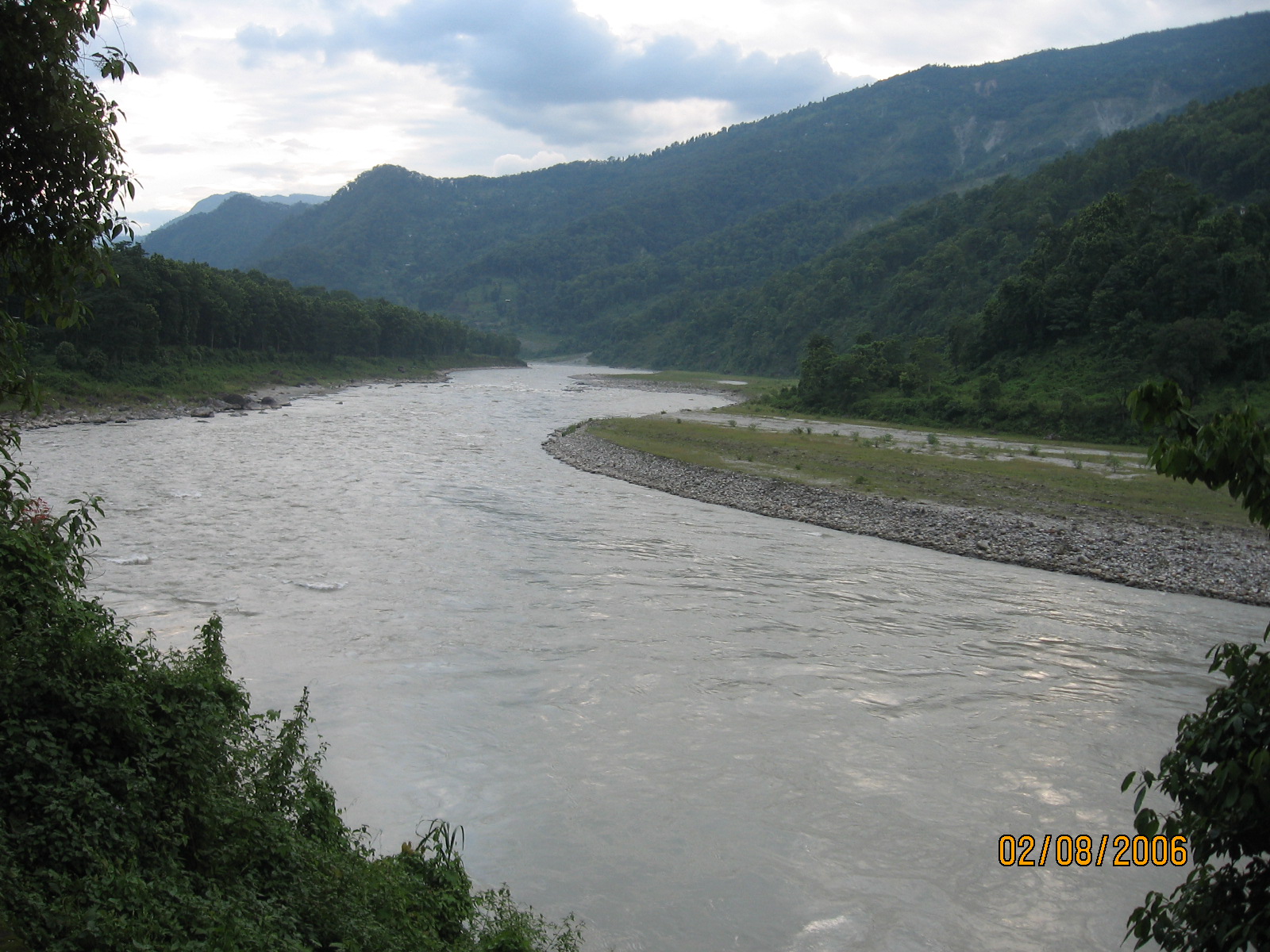

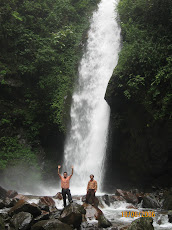
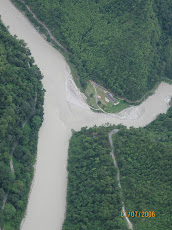
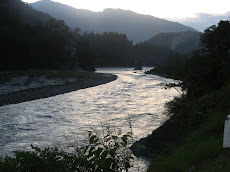
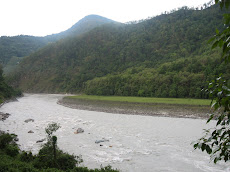
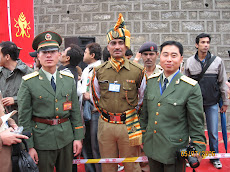
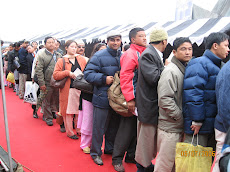
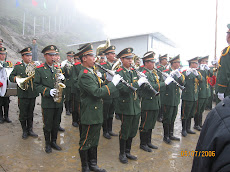


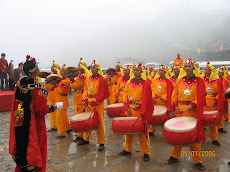
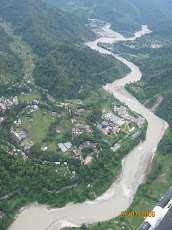




















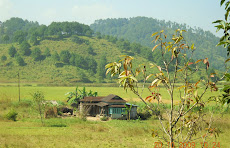
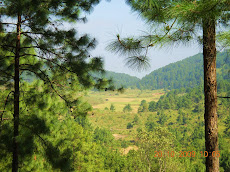








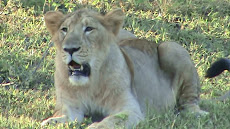.jpg)







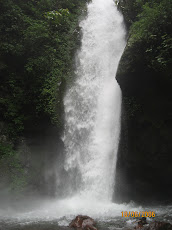
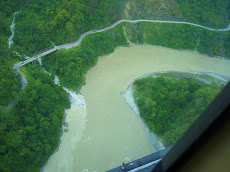


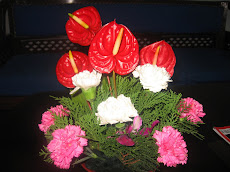





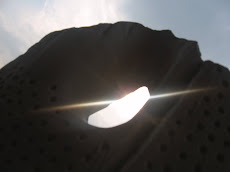
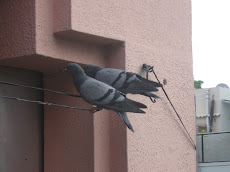
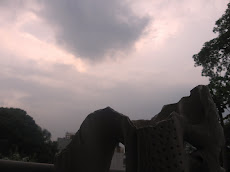
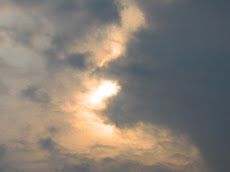
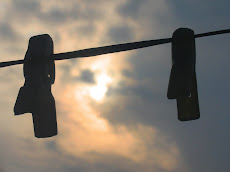
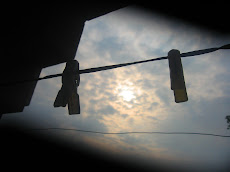

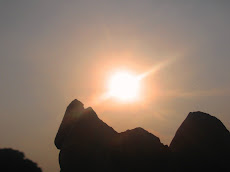
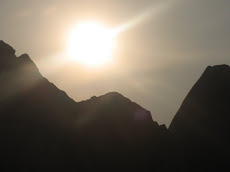
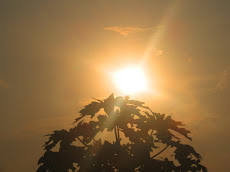


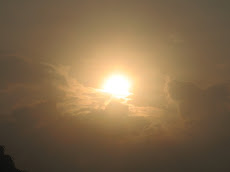

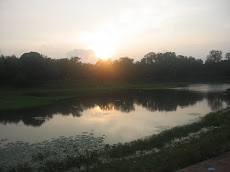
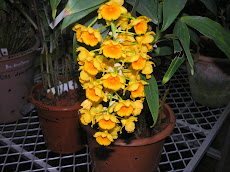
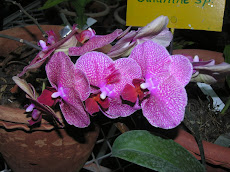

























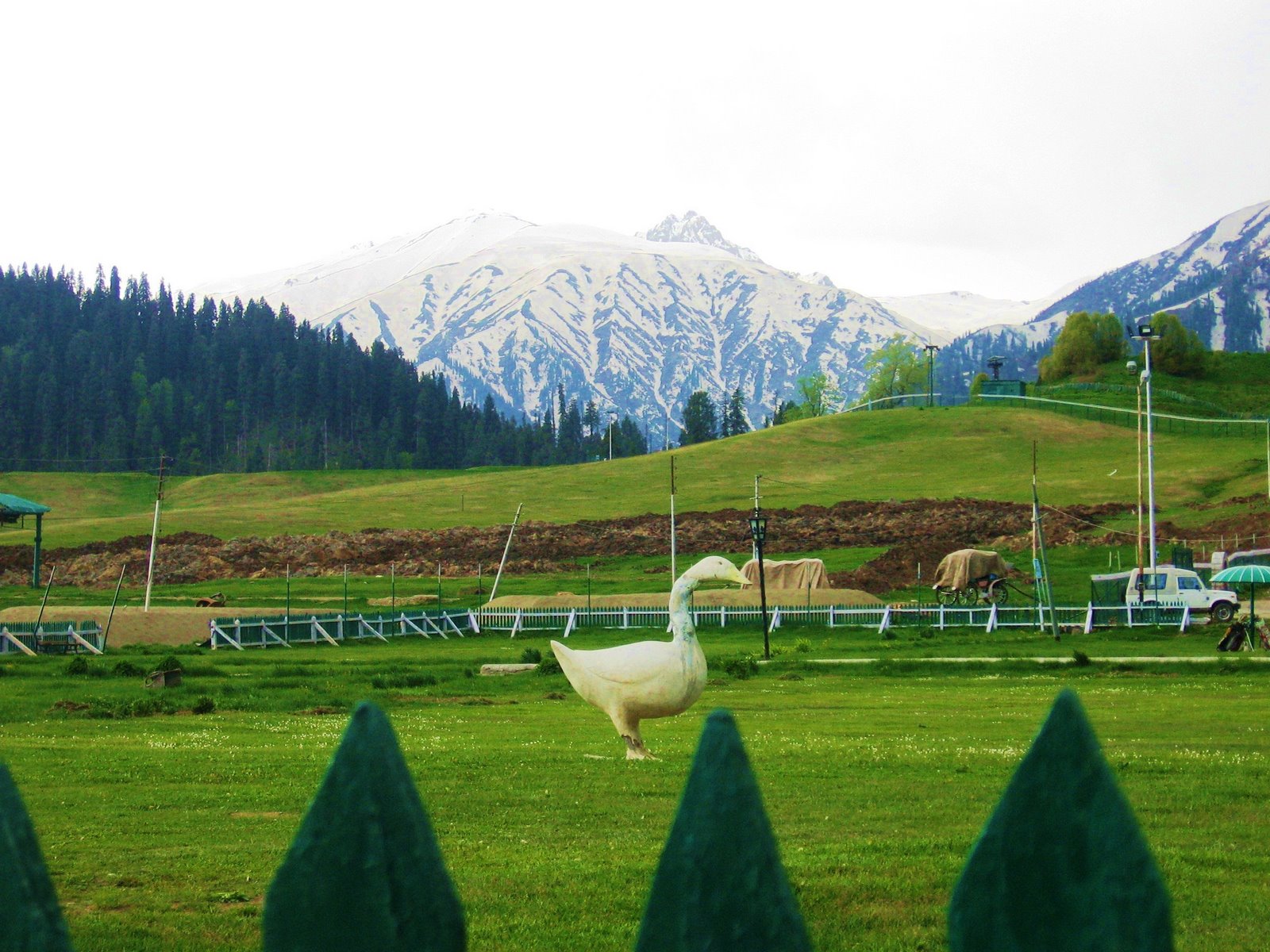
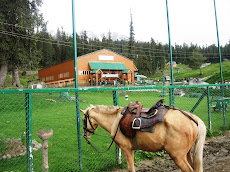
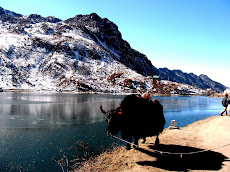






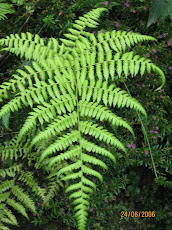

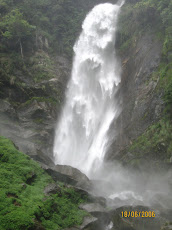



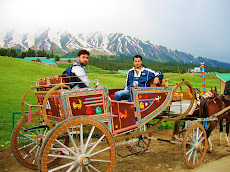






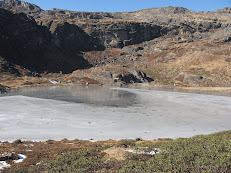

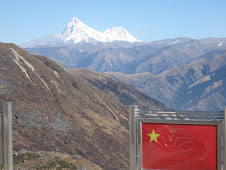



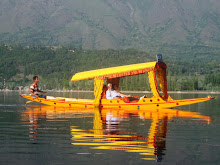
1 comment:
Very good comparision of festival at
two places in India(one in north and
other in south).Photos of dogs are
praisable.
Post a Comment